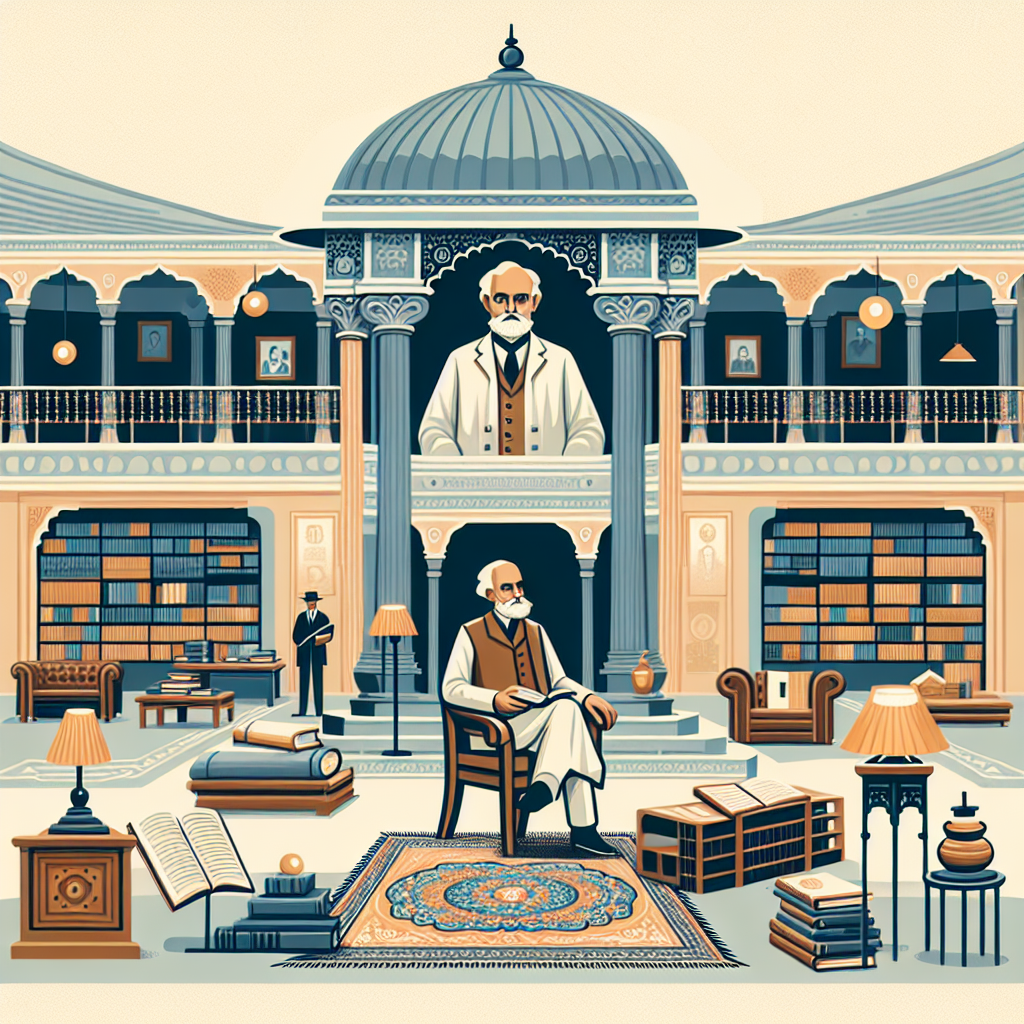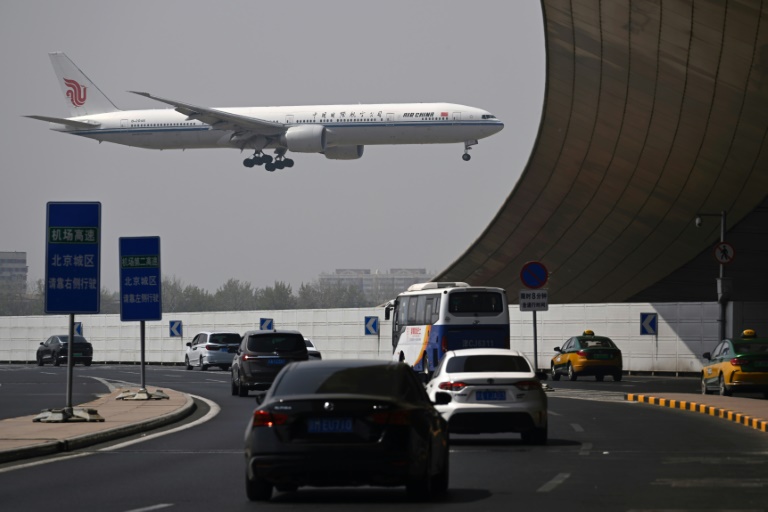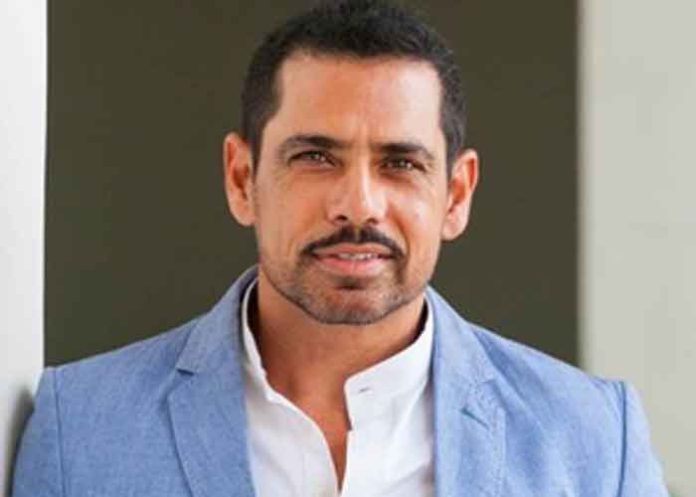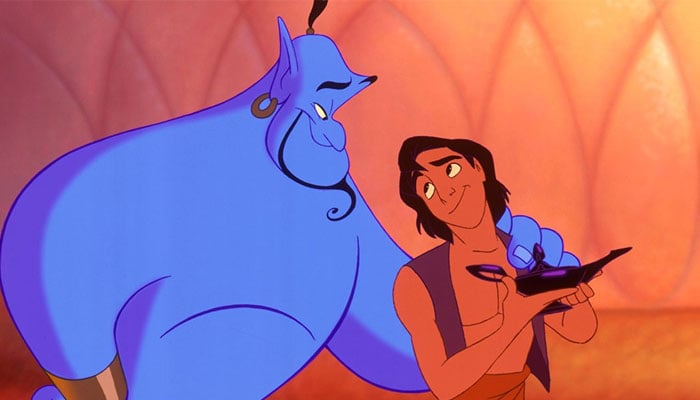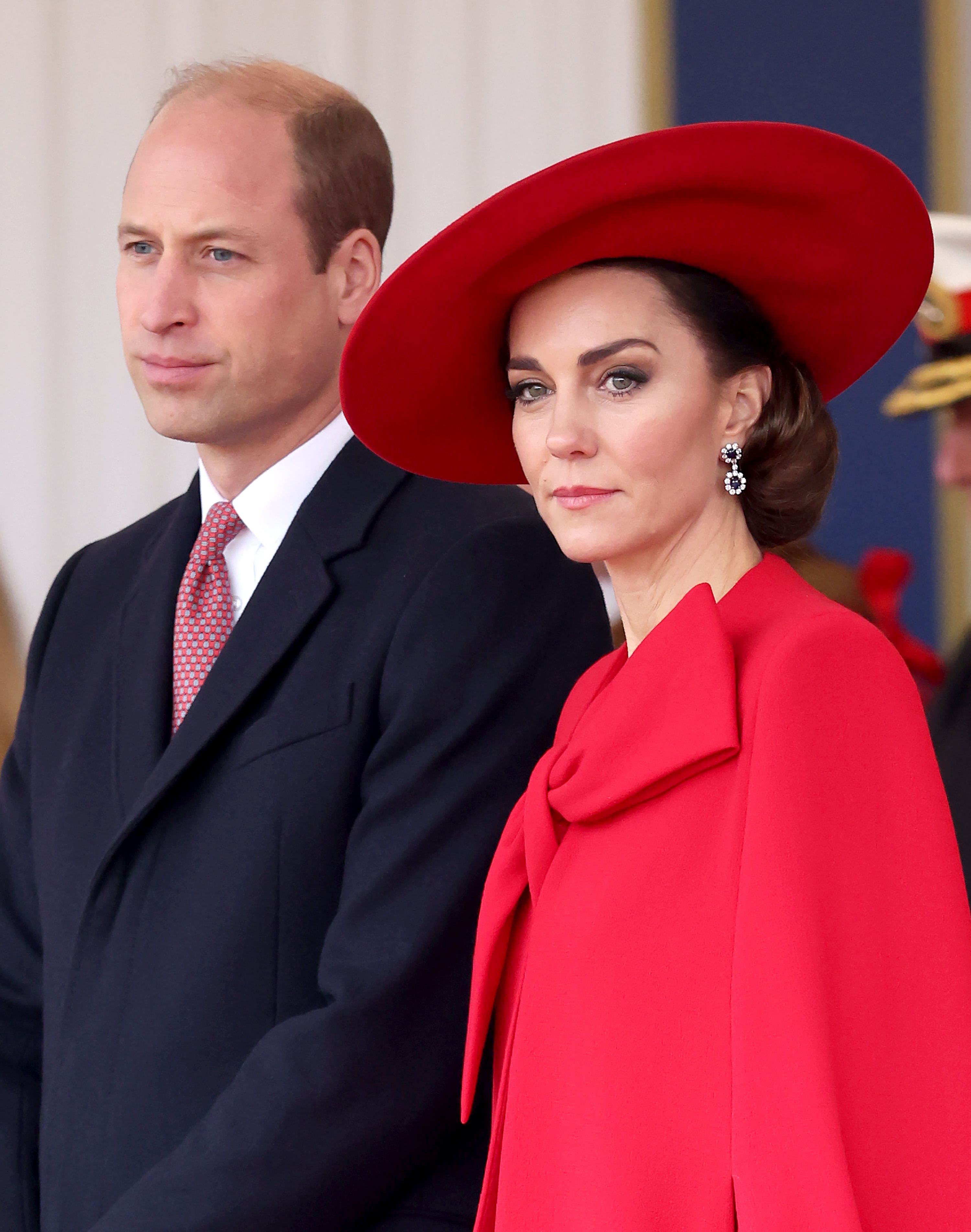PROUD TO BE PINOY The Philippines is one of five Southeast Asian nations participating at the World Expo 2025 OsakaOne look at the Philippine Pavilion shows just how beautiful our local artisanry and craftsmanship stand on a global scale. Following the theme, "Nature, Culture, & Community: Woven Together for a Better Future," this year's installation made use of over 200 woven panels by local artisans. The use of woven panels symbolizes our country's commitment to being diverse.
"The Philippine Pavilion is our invitation for the world to connect with the heart and soul of the Filipino people and to discover the many reasons to love the Philippines," shares Department of Tourism (DOT) Secretary Christina Garcia Frasco. "We hope to inspire travelers to explore our 7,641 islands, experience the depth of our culture, marvel at the excellence of Filipino creativity, and be moved by the stories of triumph and resilience of our communities."INTERCONNECTED STORIES The Philippine Pavilion has over 200 woven panels by local artisans (Photo by Carlo Calma Consultancy and Masaki Komatsu)In the Philippines, weaving as a practice dates as far back as pre-colonial times.

Based on records from the National Museum, Indigenous Filipino communities made use of weaving and embroidery to "sustain their lives. and preserve and uphold their traditional weaving heritage." Some Indigenous communities used the textiles to identify one's social rank.
Other communities believed that the more beautiful the design of their patterns, the more pleased deities would be, giving way for a bountiful harvest. Textiles were also often used in death, wrapping the remains of the dead in hopes of "easing their transition to the afterlife.".
Entertainment

Over 200 woven panels make up the remarkable Philippine Pavilion

Filipino creativity shines at Japan's expo



